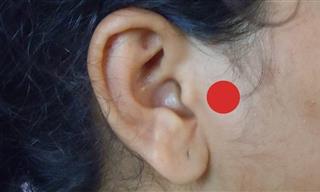A recent study carried out by the University of Eastern Finland found that fatty fish consumption reduces the lipophilic index in individuals with impaired glucose metabolism or coronary heart disease. The lipophilic index measures the fluidity of cell membranes. A lower lipophilic index indicates greater membrane fluidity.
The latest study, featured in the journal Nutrition, Metabolism & Cardiovascular Diseases, discovered a connection between a lowered lipophilic index and an elevated average size of HDL particles, along with a greater concentration of larger HDL particles. These observations suggest a potentially positive impact on cardiovascular health.
Related: Everything to Know About Omega Fatty Acids

According to the researchers of the study, membrane fluidity “can modify functions of cells and membrane-bound proteins.” The fluidity of membranes is influenced by the length and saturation of fatty acids contained within them. To calculate the lipophilic index, for instance, fatty acids in serum lipids or the membranes of erythrocytes might be used.
Earlier research has indicated a potential positive impact of fish-derived long-chain omega-3 fatty acids on cardiovascular risk. However, further investigation is required to better understand the underlying mechanisms. In contrast, camelina oil is abundant in alpha-linolenic acid, an essential omega-3 fatty acid whose implications for membrane fluidity remain unclear.
The scientists examined the effect of fish and camelina sativa oil consumption on the lipophilic index using data from two randomized clinical trials. In the first trial, 79 men and women with impaired glucose tolerance participated. In the second study, 33 men and women with cardiovascular disease participated.

In the first trial, study participants were randomly assigned to one of four groups for a 12-week intervention: camelina oil, fatty fish, lean fish, and control. In the second trial, individuals were randomly assigned to one of three groups: fatty fish, lean fish, or control for an eight-week intervention. The lipophilic index was calculated in the first study using erythrocyte membrane fatty acids, and in the second study using serum phospholipid fatty acids.
Both studies found that fatty fish consumption four times a week resulted in a reduction in the lipophilic index, which indicates an improvement in membrane fluidity. This enhanced membrane fluidity has been linked to a decreased risk of cardiovascular ailments. Moreover, a higher lipophilic index measurement, indicative of better membrane fluidity, was also correlated with the presence of larger HDL particles. These particles have previously been associated with diminished cardiovascular risk. Conversely, lean fish or camelina sativa oil did not yield any discernible impact on the lipophilic index.
Related: 7 Health Benefits of Salmon
The study's conclusion implies that the intake of fatty fish positively affects the lipophilic index and, consequently, enhances membrane fluidity, thereby decreasing the potential for cardiovascular risks.
 Go to BabaMail
Go to BabaMail


























